对乙酰氨基酚|T0065
Acetaminophen
103-90-2
103-90-2
¥242
500mg
起订
上海 更新日期:2025-03-12
产品详情:
- 中文名称:
- 对乙酰氨基酚
- 英文名称:
- Acetaminophen
- CAS号:
- 103-90-2
- 品牌:
- TargetMol
- 产地:
- 美国
- 保存条件:
- Powder: -20°C for 3 years | In solvent: -80°C for 1 year | Shipping with blue ice.
- 纯度规格:
- 99.99%
- 产品类别:
- 抑制剂
- 货号:
- T0065
公司简介
上海陶术生物科技有限公司为美国Target Molecule Corp. ( Target Mol ) 在上海建立的全资子公司。我们与美国波士顿、德国慕尼黑的同事一起,为北美、欧洲和亚洲从事药物研发和生物学研究的科学家提供优质的产品和专业的服务。公司下设筛选事业部,化学事业部,生物事业部和新材料部。
从虚拟筛选到实体化合物分子供应;从商业化产品销售到个性化定制合成;从对明确靶点的分子筛选到对明确分子的多靶点筛选,从高通量筛选到化学结构优化,我们都可以满足您的科研用品及技术服务的需求。
经过在中国市场五年的精心耕耘,我们已成为筛选化合物领域优秀的供应商,为超过五百家学校和各类企业提供了品质卓越的小分子化合物和药物筛
| 成立日期 | (12年) |
| 注册资本 | 566.2651万人民币 |
| 员工人数 | 100-500人 |
| 年营业额 | ¥ 1亿以上 |
| 经营模式 | 贸易,试剂,定制,服务 |
| 主营行业 | 化学试剂,生物活性小分子 |
对乙酰氨基酚相关厂家报价 更多
-
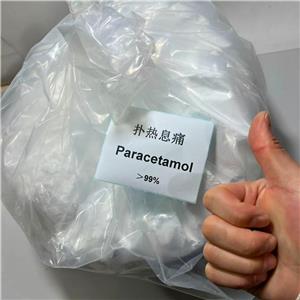
- 扑热息痛;对乙酰氨基酚 103-90-2 Acetaminophen
- 湖北威德利化学科技有限公司 VIP
- 2025-03-12
- ¥150
-
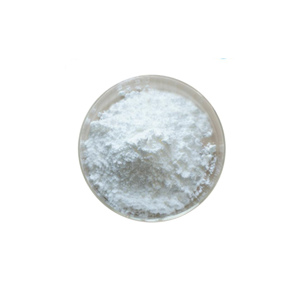
- 扑热息痛
- 山东铭枫医药科技有限公司 VIP
- 2025-03-12
- 询价
-
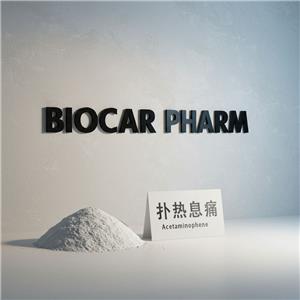
- 高纯度扑热息痛实验室级试剂
- 武汉贝尔卡药业有限公司 VIP
- 2025-03-12
- 询价
-
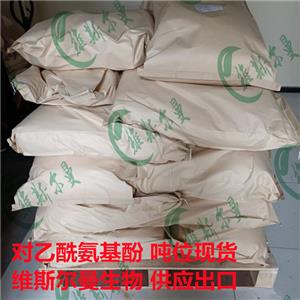
- 对乙酰氨基酚;扑热息痛 吨位现货武汉维斯尔曼生物 13419635609
- 武汉维斯尔曼生物工程有限公司 VIP
- 2025-03-12
- 询价
-
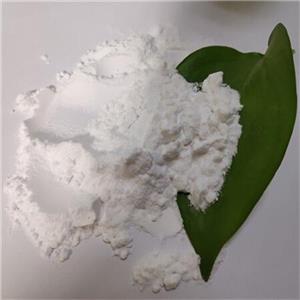
- 扑热息痛 对乙酰氨基酚 CAS:103-90-2
- 湖北鸿福达生物科技有限公司 VIP
- 2025-03-12
- ¥100
-
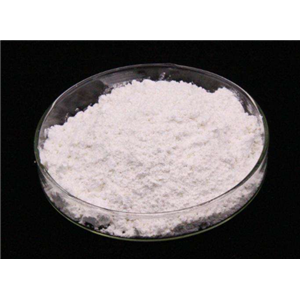
- 103-90-2;扑热息痛
- 普善实业(陕西)有限公司 VIP
- 2025-03-12
- 询价
-
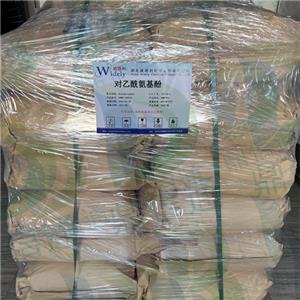
- 对乙酰氨基酚;扑热息痛 103-90-2
- 武汉鼎信通药业有限公司 VIP
- 2025-03-12
- 询价
-
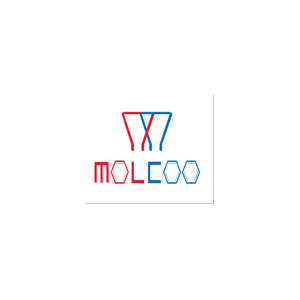
- 对乙酰氨基酚杂质
- 湖北摩科化学有限公司 VIP
- 2025-03-12
- 询价
-
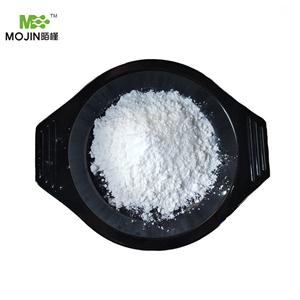
- 扑热息痛
- 河北陌槿生物科技有限公司 VIP
- 2025-03-12
- 询价
-

- 扑热息痛 对乙酰氨基苯酚
- 宁波君龙新材料有限公司 VIP
- 2025-03-12
- ¥36

